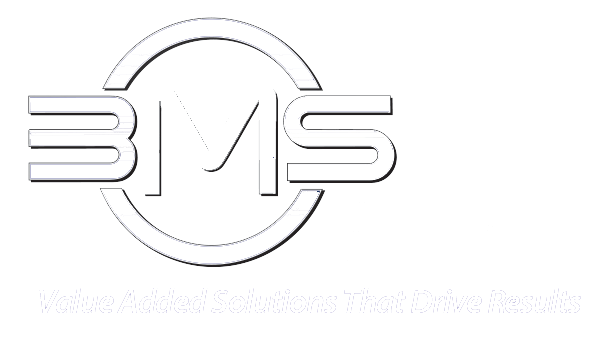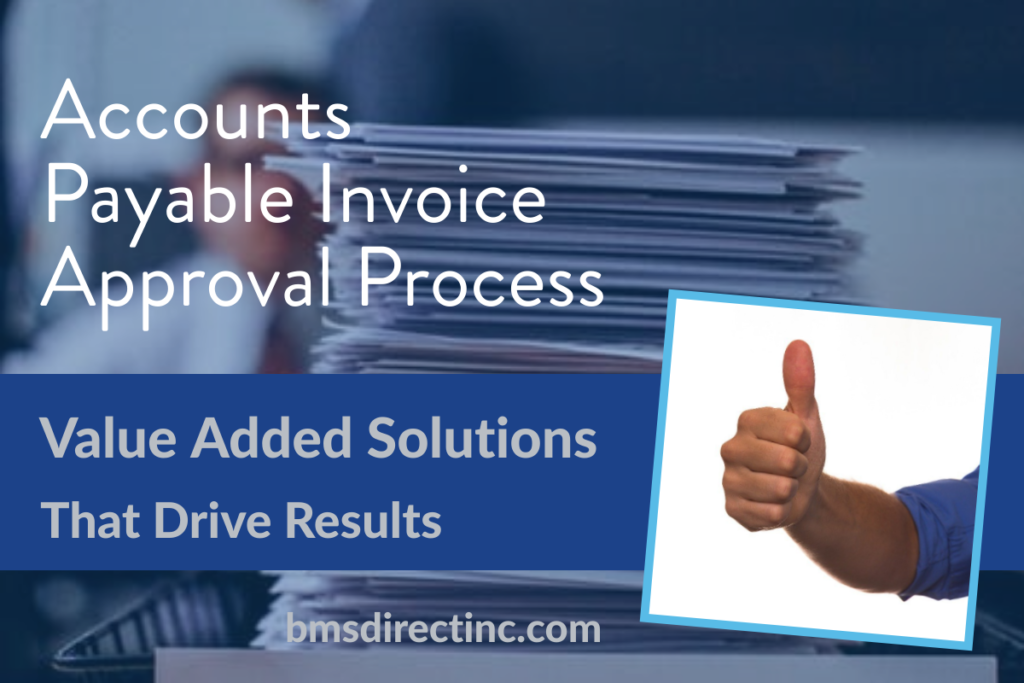When an accounting department processes payments, it may seem like a relatively simple process that does not involve a lot of red tape. However, there are some areas that can arise that warrants the need for an invoice approval processing system to be put in place. Putting an invoice approval system in place and maintaining it is a way that the accounting department can assist with a company’s overall internal controls and minimize over-payments.
What is an Invoice Approval and Invoice Approval Process?
An invoice approval involves the authorization of a check before it is approved for payment. Before the check can be approved, it must go through a verification process that often involves a variety of documents.
Invoices are paid for goods or services performed on behalf of the company. It’s also used to pay for on-going administrative expenses to vendors, such as rent or lease expense, telephone expense, business loans, insurance, and other business expenses.
The invoice approval process can often involve many different departments, as requests for payments are generated from different internal (as well as external) sources.
Various departments have their own workflow and procurement processes. For example, the sales department may require that some items are purchased by utilizing workflows within their sales and purchasing department. Sales orders may be fulfilled using inventory items currently on hand, whereas other orders may require that a new purchase be made to fulfill a sales order. Each of these methods could require approval for payment:
- A payment for inventory currently on hand that may still have an outstanding balance.
- A payment for the recent purchase made to fulfill the new sales order.
A different department may be required to purchase office supplies for the entire company, which would require a completely different workflow. That’s why it’s important for the invoice approval process to be properly integrated with other internal departments.
Why an Invoice Approval Process is Necessary
It’s important for a company to have an invoice approval process in place for a variety of reasons. For example, it is necessary because it:
- reduces errors
- reduces under, over, and double payments
- reduces or eliminates payments for unauthorized products or services
- helps to manage cash spending by allowing invoices to be paid based on the monthly budget
- helps to the accounting department monitor due dates and reduce late fees
- allows the payable department to take advantage of discounts for invoices with certain payment terms
- prevents or reduces invoices from being overlooked and slipping through the cracks
In addition to the items listed above, the invoice approval process also allows companies to have checks and balances in place. Oftentimes, the accounts payables department is the last line of defense with respect to ensuring that all invoices are processed with accuracy.
Many people do not consider all of the areas that could be impacted without having an invoice approval process in place. Accounting departments that do not have an invoice approval process in place tend to have less control of their cash flows.
Create a Paper Trail
When processing payments, it’s very important to create a paper trail. In doing so, it allows management and members of the accounting department to visibly see each step of the approval process. It also allows them to determine whether or not a step has been overlooked and missed altogether.
When invoice approval systems are set in place, it makes it easier to refer back to any part of the process should additional information need to be verified. This is particularly important during an audit. It allows companies to refer directly to various documents upon request.
Enhancing and Streamlining the Invoice Approval Process
Managing and processing invoices for approval can be streamlined if the following three areas are implemented:
- Automation
- The use of Purchase Orders and Receipts
- The use of Contracts
Automation
Whenever automation is added to a system, it speeds up the process significantly. It allows others to access information at various stages of the invoice approval process. Having an automated system in place also reduces the accounting staff from being interrupted by other staff members, vendors and independent contractors regarding the status of outstanding invoices.
When considering automation to approve invoices, features such as email notifications, the ability to upload and download documents, and the ability to view updated information through computer software programs also enhance the overall invoice approval process as well.
The use of Purchase Orders and Receipts
When setting up automation procedures, you can also include an automation process to generate purchase orders then match them to the proper invoice. Whenever a purchase order has been generated, its an indication that the purchasing department has already approved the purchase and thus the purchase order should be a means to verify authorization for payment at this stage of the process.
Concerning the use of receipts, just as invoices can be matched up to purchase orders, invoices can be matched to receipts as well. Examples of receipts include items purchased using a credit card, plumbing services, computer repair or other services not normally utilized on a regular monthly basis. Although these receipts should still go through the authorization process, automating the system can create a paper trail in addition to significantly reducing the overall invoice approval process.
The approval process can be set up in such a way that receipts that are matched to invoices can be processed a lot faster than invoices without a receipt.
Contracts Agreements
A contract agreement is another source that is used to determine how much a partner, independent contractor or other business associates should be paid. It should spell out the terms of the agreement, which should then be used to create an invoice. The contract-based invoice must also go through the approval process. Based on the type of industry, some agreements involve the payment of royalties.
Additionally, invoices that are less than a certain dollar amount or threshold can sometimes bypass the approval process altogether. For example, invoices that are less than $50 may not need to be approved and can be submitted for payment right away.
What’s Involved in the Accounts Payable Invoice Approval Process?
The invoice approval process involves the accounts payable department is presented with an item that requires payment but that must first be verified to determine it’s legitimacy. Sometimes invoices get crossed in the mail and duplicate invoices are mailed out. Duplicate invoices are one of the major causes of overpayments, which is why it is important to cross-reference invoices prior to making a payment.
After an invoice has been verified and approved for payment, it can then be scheduled for payment. Scheduling an invoice for payment takes place by adding the item to the accounts payables open invoice or aging report. After the invoice has been approved payments can be made during certain times of the month or upon receipt. Payment due dates depend on the accounting policy at each company.
Processing and Approving Rush Invoices
Invoices that requires payment right away may have a different verification process to expedite the payment. A different system could be processed to move a particular request for payment, further along, to ensure the payment is made on time as requested.
How to Reduce Bottlenecks
Sometimes the invoice approval process could become bottle-necked. When this takes place, there should already be manual systems in place to keep processes flowing.
Those who work in the accounts payable department should continue the overall approval process while maintaining efficiency.
To conclude, when finalizing your invoice approval process, it should be designed to implement internal controls while setting up systems to expedite the overall approval and payment process. It should also be set-up based on workflows and how you run your business in general.

